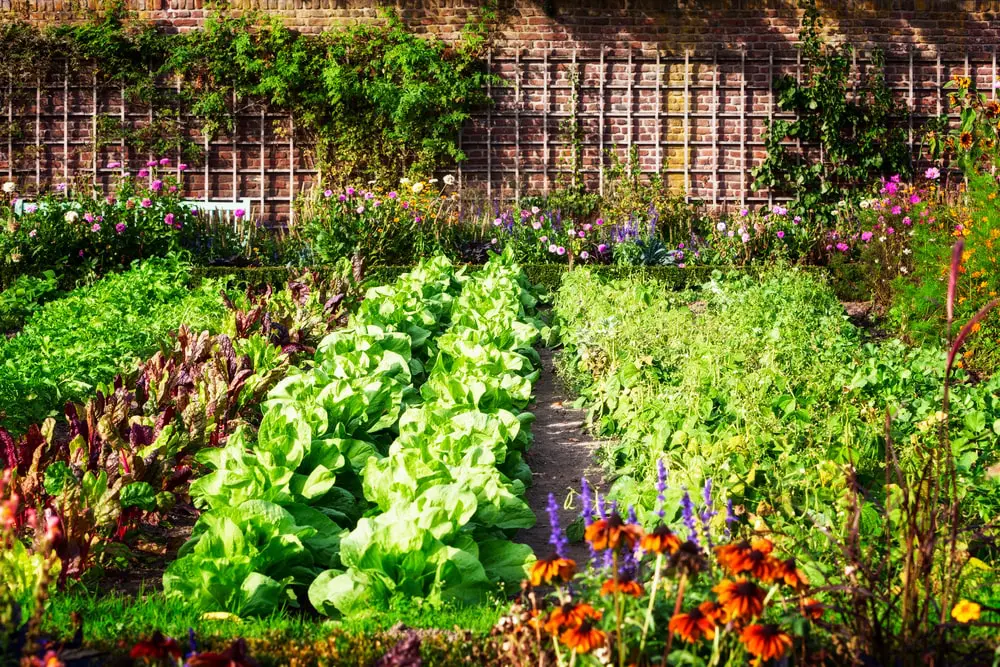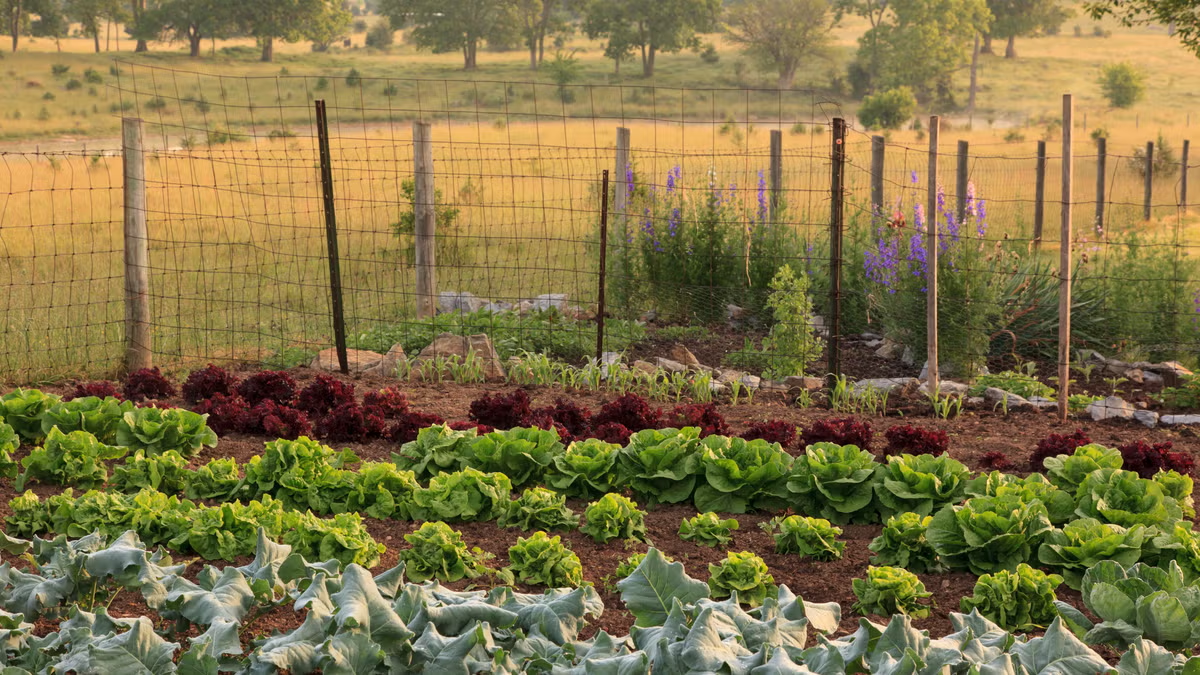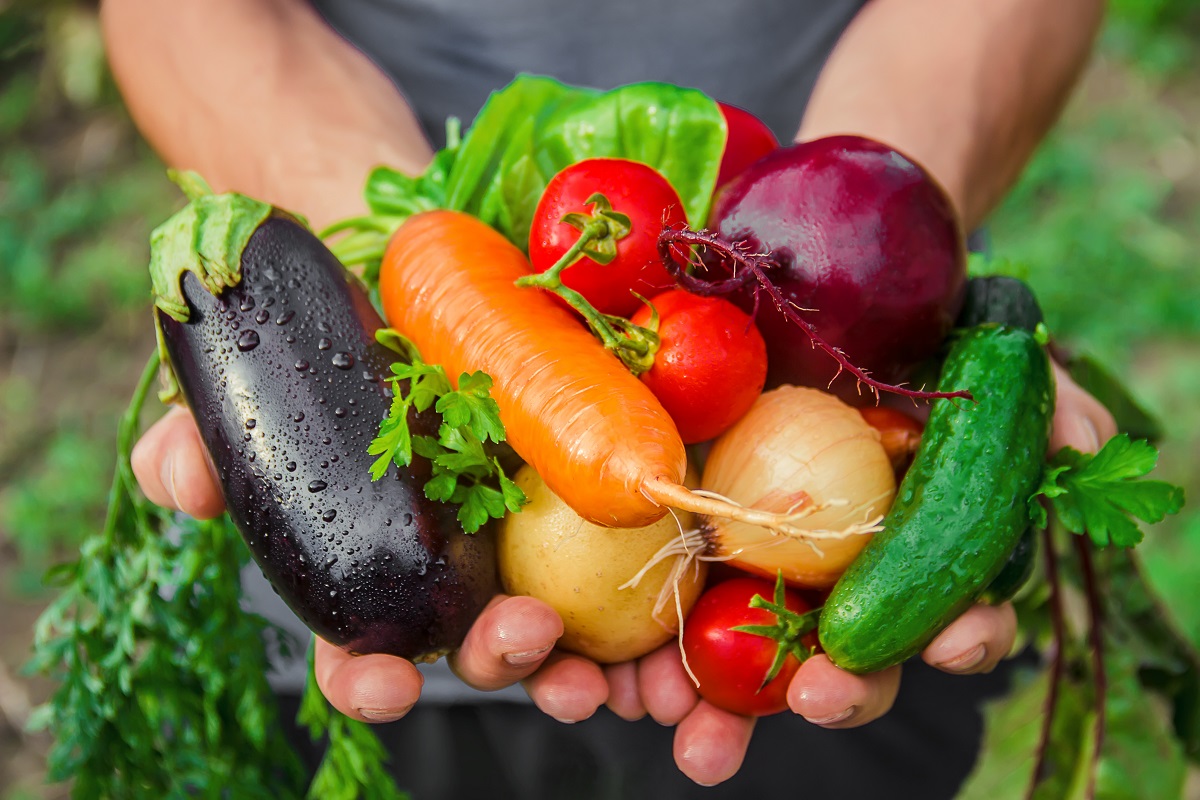Growing your own vegetables can be one of the most rewarding activities you embark on. However, for those new to gardening, the planning and organizing involved can feel overwhelming. Mistakes can be costly, leaving you with nothing to harvest after all your hard work. But with a solid plan in place, you’ll be on your way to enjoying fresh, homegrown veggies in just a few months.

Selecting the Right Garden Site
Before anything else, you need to find the perfect spot for your garden. Several factors must be considered to ensure a successful growing season.
- Climate: If you live in a windy area, it’s important to set up a fence or plant shrubs to act as a windbreak. High-speed winds can damage your plants, no matter which vegetables you’re growing, so don’t overlook this protective step.
- Sunlight: Most vegetables require around 6 hours of sunlight daily. For sun-loving varieties like peppers, eggplants, and tomatoes, full sunlight is essential. If your chosen area is shaded by tall trees, consider trimming branches to allow more sunlight to reach your plants.
- Soil: Ideally, you want soil rich in humus with proper drainage to retain moisture during warmer months. If your soil isn’t naturally high-quality, you can improve it with amendments to create the best growing conditions.
- Water Access: Placing your garden near a water source is more about convenience than necessity, but it can save you time and effort. Even if your garden is far from the nearest supply, there are irrigation options to ensure your plants stay hydrated.
Designing Your Garden Layout
Once you’ve chosen your site, the next step is planning a practical and efficient layout. Proper preparation will save you a lot of hassle and expense down the line.
- Light Distribution: Your garden’s orientation plays a critical role in how well your plants will grow. To ensure even sunlight distribution, arrange your rows to run from north to south.
- Pathways: Leave enough space between rows to allow easy access for watering, weeding, and monitoring your plants. Pathways between 12 to 16 inches wide should be sufficient for comfortable movement.
-
Crop Rotation: To keep your soil nutrient-rich, rotate your crops each year. Group your vegetables by their nutritional needs to make future rotations easier. Common categories include:
- Root Crops: Such as carrots, beets, and potatoes.
- Brassicas: Including cabbage, turnip, rutabaga, and cauliflower.
- Other Vegetables: Like tomatoes, beans, and leafy greens, which can be grouped based on their similar nutrient requirements.

Preparing the Soil
This final stage is perhaps the most critical, as preparing the soil properly will make all the difference when it’s time to harvest.
- Clear the Area: Start by removing any fallen branches, leaves, or debris. A wood chipper can help dispose of larger items conveniently, ensuring a clean surface to work with.
- Remove Grass: If your site is covered in grass, it’s essential to eliminate it without relying on chemical solutions that could harm your future crops.
- Plow, Spade, or Rototill: To determine if your soil is ready for tilling, grab a handful and squeeze it. If it crumbles easily, proceed with plowing, spading, or using a rototiller.
- Apply Compost: Enrich your soil by adding compost or manure, then mixing it into the top few inches. For root crops, dig about 1 inch deep. For brassicas, go about 2 inches deep. For most other vegetables, aim for 2–3 inches.
By following these steps and putting in the necessary preparation, you’ll give your vegetable garden the best chance to thrive. With patience and care, you’ll soon enjoy the satisfaction of harvesting fresh, delicious produce right from your own backyard.


Leave a Reply